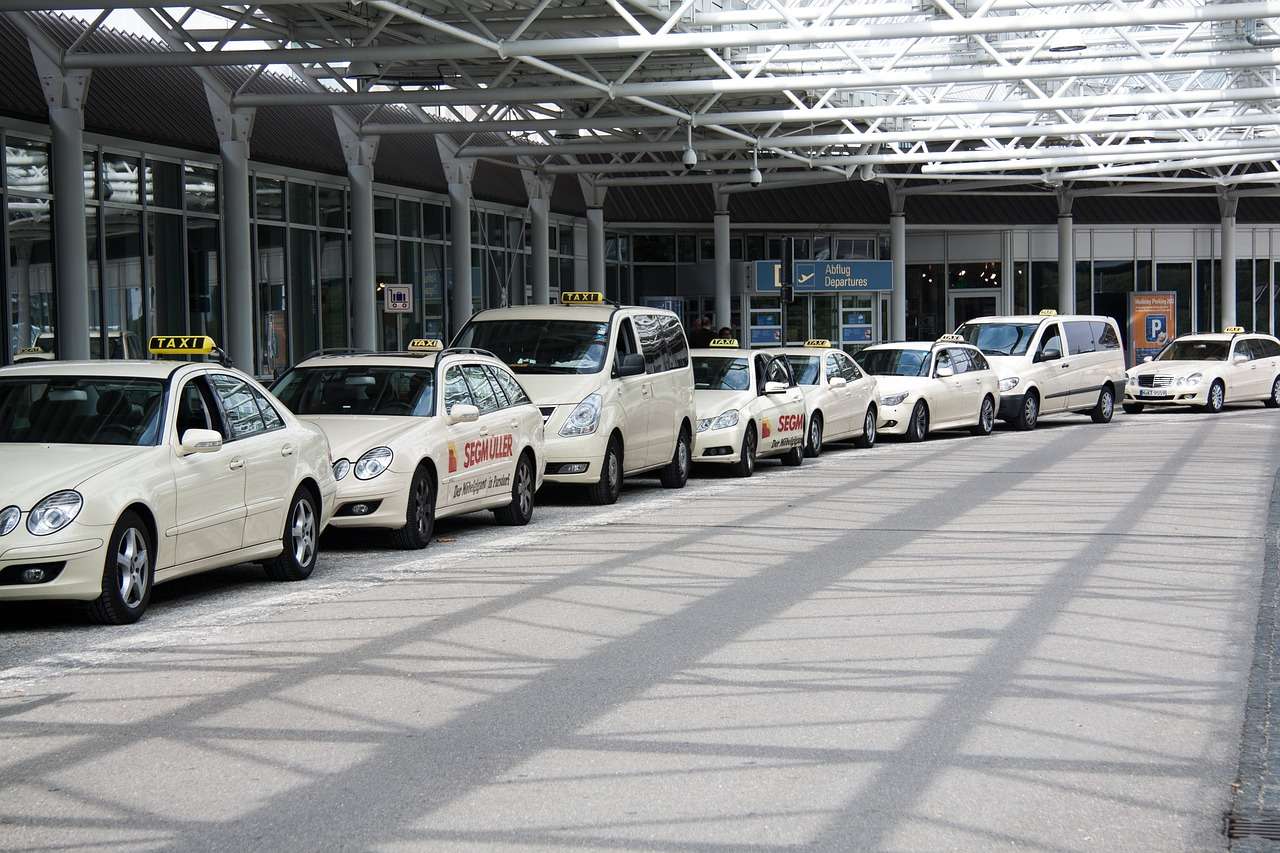How do I start growing my own food for slow food?
Book JetBlack for all your Ground Transportation needs.
Starting Your Own Slow Food Garden: A Guide to Growing Your Own
Embarking on a journey of growing your own food for a “slow food” lifestyle is a rewarding endeavor, promoting a deeper connection to your food, fostering sustainability, and offering delicious, fresh produce. Here’s a comprehensive guide to help you get started:
1. Planning Your Garden:
Assess your space: Consider your available sunlight hours, soil type, and the size of your garden. A sunny spot with well-draining soil is ideal.
Choose your crops: Select vegetables, herbs, and fruits that thrive in your climate and align with your culinary preferences.
Planning for seasons: Research the growing seasons for your chosen crops and plan accordingly. Utilize techniques like raised beds or containers to extend your growing season.
Create a planting plan: Sketch out your garden layout, allocating space for each plant and accounting for their growth habit. This ensures optimal spacing and avoids overcrowding.
2. Soil Preparation:
Testing your soil: Conduct a soil test to determine its pH level and nutrient content. This will guide your choice of amendments.
Improving soil quality: Add compost, manure, or other organic matter to enhance soil fertility and drainage.
Tilling and weeding: Prepare the soil by tilling it to break up compacted areas and remove weeds. This creates a suitable environment for healthy plant growth.
3. Seed Starting and Planting:
Starting seeds indoors: For early starts, sow seeds indoors in seed trays or pots. Provide adequate light and warmth for optimal germination.
Direct seeding: Plant seeds directly in the garden bed once the soil is warm enough. Follow recommended spacing guidelines for each plant.
Transplanting seedlings: Transplant seedlings outdoors when they have developed a strong root system. Harden them off gradually by exposing them to outdoor conditions for short periods before transplanting.
4. Ongoing Care:
Watering: Water your garden consistently, ensuring the soil is adequately moist but not waterlogged.
Fertilizing: Provide your plants with essential nutrients through organic fertilizers like compost tea, fish emulsion, or manure.
Weeding: Regularly remove weeds to prevent them from competing with your crops for resources.
Pest and disease control: Practice preventative measures like companion planting, and use organic pest control methods if necessary.
5. Harvesting and Enjoying:
Harvesting at peak ripeness: Harvest produce when it reaches its optimal flavor and texture.
Storage and preservation: Preserve your harvest through methods like canning, freezing, or drying for year-round enjoyment.
6. Resources and Support:
Local garden centers and nurseries: Seek advice and purchase seeds, plants, and tools from local professionals.
Community gardens: Connect with other gardeners and learn from their experiences.
- Online resources: Utilize online resources for information on growing specific crops and techniques.
Growing your own food for a “slow food” lifestyle is a fulfilling journey that connects you to nature, provides fresh, nutritious produce, and fosters sustainability. It’s worth the effort and rewards you with the satisfaction of creating something delicious and healthy from your own garden.
Read more stories, news, update, articles, and travel tips and tricks at JetBlack Travel Blog. Book online and enjoy free-of-mind ground transportation, book a ride online now at JetBlack.
Book shuttle in New York City starting at $25 a seat from airport Shuttle Rider, Affordable airport transfers from New York airports from AirportTransfersny.com.
Group, or event, you need to transport a group. Charter a bus or rent a van with Jet – Charter Bus.

People also search for:
- How to get from Krakow Airport to the city center?
- How much advance notice do I need to provide for a reservation?
- What amenities are available in the American Airlines Lounge with a one-day pass?
- What are the different types of limos available at Fort Lauderdale Airport?
- What are the payment options available for chauffeur-driven car services in London?
- Can I inquire about the experience and safety record of limo drivers in Cleveland?
- What are the restrictions on pet travel on Cathay Pacific?
- Can I shower and freshen up in the British Airways lounge?
- Are rooftop restaurants typically open during inclement weather?
- Can I schedule a ride with Big E Transportation in advance?
Trend Articles:
- Car Service To Newark Airport Near Me – 8 Important Tips
- Pet Friendly Car Services – 8 Reasons
- New York City to Rowan University: Your Comprehensive Transportation Guide
- Luxury on Wheels: Elevate Your New Year with JetBlack Transportation’s Limousine Services
- Wedding Limousine New York Services – 8 Brilliant Benefits For Unforgettable Nights
- Cruising in Style: How Limousine Rental New York City Redefines the Experience – 3 Amazing Secrets Unveiled
- “Effortless Travel: Seamless JFK to Stamford Journeys with JetBlack Transportations”
- Exploring the Luxury of Limos in New York City with JetBlack Transportations
- Unveiling the Secrets to the Cheapest Limo Service in NYC with JetBlack Transportations
- Looking For The Idea Party Bus NY? Here Are 8 Effective Tips To Follow
Hottest Topics:
- Best limo service JFK to Uniondale
- How much is a taxi from JFK to Willowbrook, NY?
- How much is a limo ride from JFK to DUMBO (Down Under the Manhattan Bridge Overpass), NY?
- Stretch limo from JFK to Ridgewood, NYC.
- How to transfer from Port Washington to JFK Airport , NY?
- JFK to Throgs Neck car service, NYC.
- How much is a car service from West Brighton to JFK , NY?
- Stretch limo from JFK to Upper West Side, NYC.
- What is the easiest way to get from JFK to Saratoga Springs, NY?
- Best car service JFK to West Hempstead, NYC.
